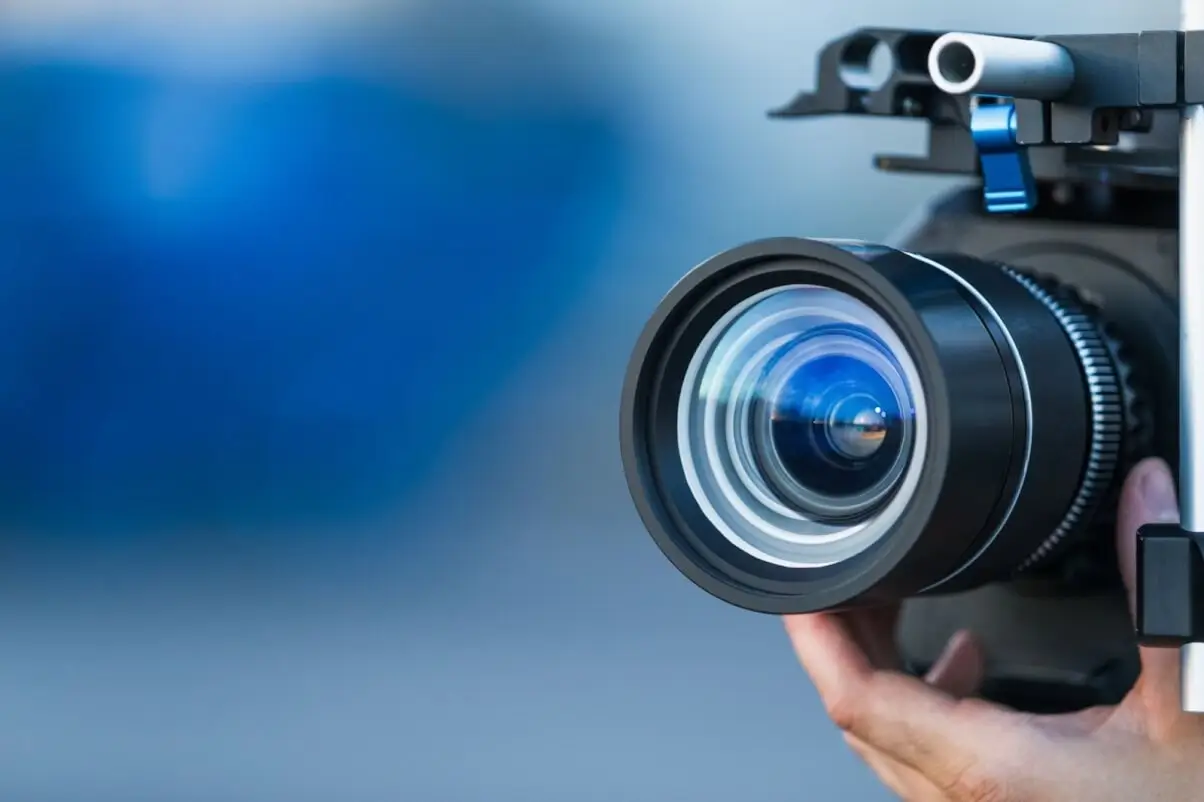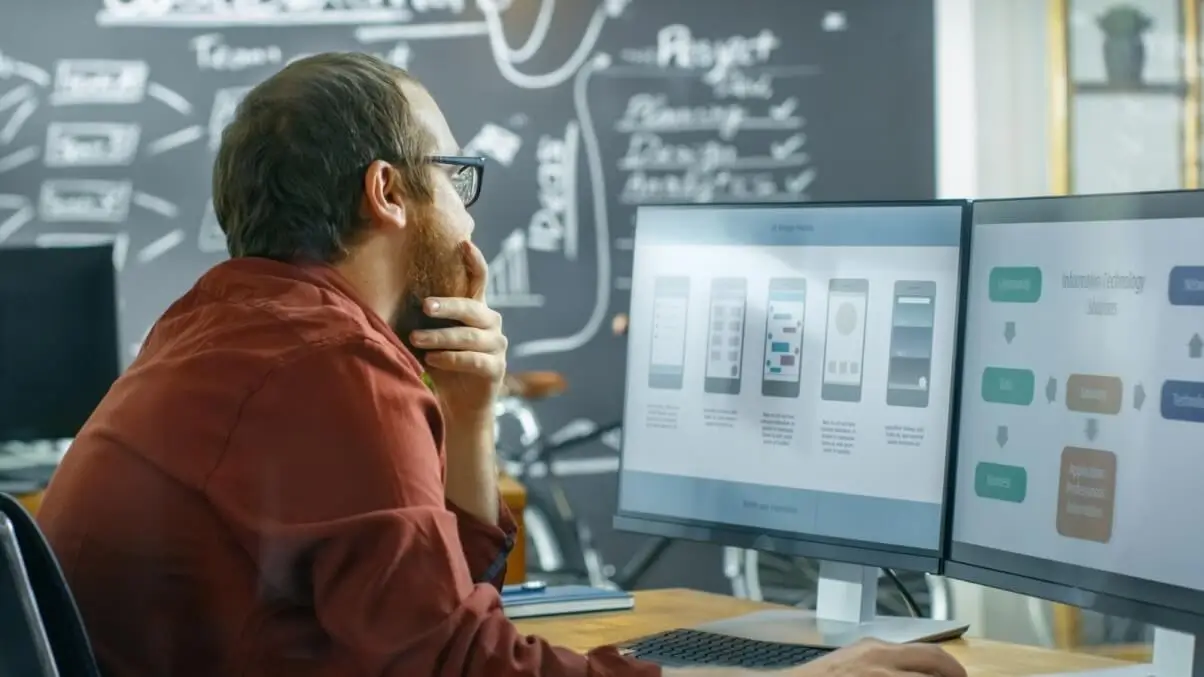How do you sharpen and smooth your videos using filters and adjustments?

- 1 Choose the right software
- 2 Apply filters and effects
- 3 Adjust the resolution and aspect ratio
- 4 Export and optimize your video
To ensure your videos are of high quality and enjoyable for viewers, it's important to eliminate unnecessary elements and enhance professionalism by using sharpening, smoothing, and various effects.
First, consider the camera you use for shooting videos, as this can significantly impact the quality. Whether you use a phone or a DSLR camera makes a big difference.
Secondly, pay close attention to lighting, which is even more crucial than the camera itself. With proper lighting, even iPhone videos can compete with those shot on professional cameras.
To truly understand how to create professional videos, it's essential to continuously experiment and produce content regularly. Applying the best effects and enhancements won't guarantee success if you only produce a video every six months. By incorporating these tips and tricks into your video creation process and learning to apply effects effectively, you can significantly improve your videos. Stay tuned for additional tips that will further enhance your skills.
1 Choose the right software

The first thing to consider when working with high-quality video is the editing software you use. The capabilities and tools available in your editing program will determine what you can achieve with your project. Choosing a simple program with limited features may restrict your ability to edit videos effectively.
On the other hand, professional paid programs often offer a wide range of advanced tools, which can be overwhelming for beginners. However, if you can't afford such software but still want to learn how to edit videos professionally, don't worry. Many beginner-friendly programs can still produce excellent results initially. Even if you can't use advanced technologies, that's okay because mastering them initially can be challenging. It's better to start with something simpler to get accustomed to the process and understand how such programs work. Once you've created a few videos with nice transitions and effects, consider purchasing a subscription and downloading a professional application where you can experiment and create higher-quality content. It is worth mentioning that the most important aspects of creating and processing video are consistency and continuous development, which should accompany you throughout your journey. If you keep making videos and trying new things every day, you will soon notice how you have become a professional in your field.
2 Apply filters and effects
Effects and filters are essential for adding flair to your videos and setting them apart from countless others. There are numerous ways to enhance your video by applying effects that can transform its appearance.
For instance, implementing beautiful color correction can alter the colors in your video, giving it a unique look. You can also experiment with chromakey, which allows you to replace a specific color with another image or animation. This technique enables you to change backgrounds or incorporate various effects seamlessly.
Additionally, consider sound processing and adding sound effects to complement your animations. For example, incorporating a rain effect into your video can be enhanced with accompanying rain sounds, enhancing the overall atmosphere. By leveraging these effects, you can create videos that rival even low-budget films utilizing similar video processing capabilities provided by software developers.
3 Adjust the resolution and aspect ratio

After you've finalized your video, it's time to determine the resolution for the final rendering and saving of the video. This is a critical stage that requires attention and understanding of the process. The resolution you choose will determine how well your video displays on different screens. For example, a vertical video intended for a phone may not look good on a large 60-inch TV screen.
Therefore, before shooting your video, it's important to decide which devices you are targeting. Start by determining the resolution and aspect ratio based on your target devices, and then proceed with shooting and editing. This sequence helps ensure that you work correctly and avoid mistakes.
Speaking of resolution and aspect ratio, there isn't a one-size-fits-all option for all devices, but there are common choices. A resolution of 1920×1080 is often suitable for PCs, as it is compatible with most monitors. For phones, if you're shooting a horizontal video, a resolution of 1080×1920 pixels portrait orientation is typically recommended. If you handle everything correctly, your video will likely look decent, albeit slightly unusual, whether viewed on a phone or PC. You can also try creating your videos in two formats simultaneously. For instance, after making a video for YouTube, you can use the Shorts function to create vertical videos directly from your content. This way, with convenient editing, you'll have videos optimized for phones alongside your full-size video for monitors.
4 Export and optimize your video

After you have shot and edited the video, you can safely save it and check it on your devices before uploading it to various platforms. Keep in mind that rendering a long video can take a significant amount of time, sometimes lasting several days depending on the video's length and complexity. The more effects you apply, especially 3D effects, the larger the file size of your video will be, potentially reaching many gigabytes.
Also, many websites have restrictions on video file size. Before filming and uploading a video, check the maximum file size allowed by the platform to avoid issues during the upload process. For optimization, choose an optimal video format that can compress the video without significantly reducing quality. MP4 or MOV formats are widely compatible and can be played on most devices without any problems.

Author
Editor with 15 years of experience and enthusiasm about the digital video industry. Managed video editing processes for projects with billions of views and created flagship video products from idea to successful launch. He reads over 40 books a year and travels extensively.






































































